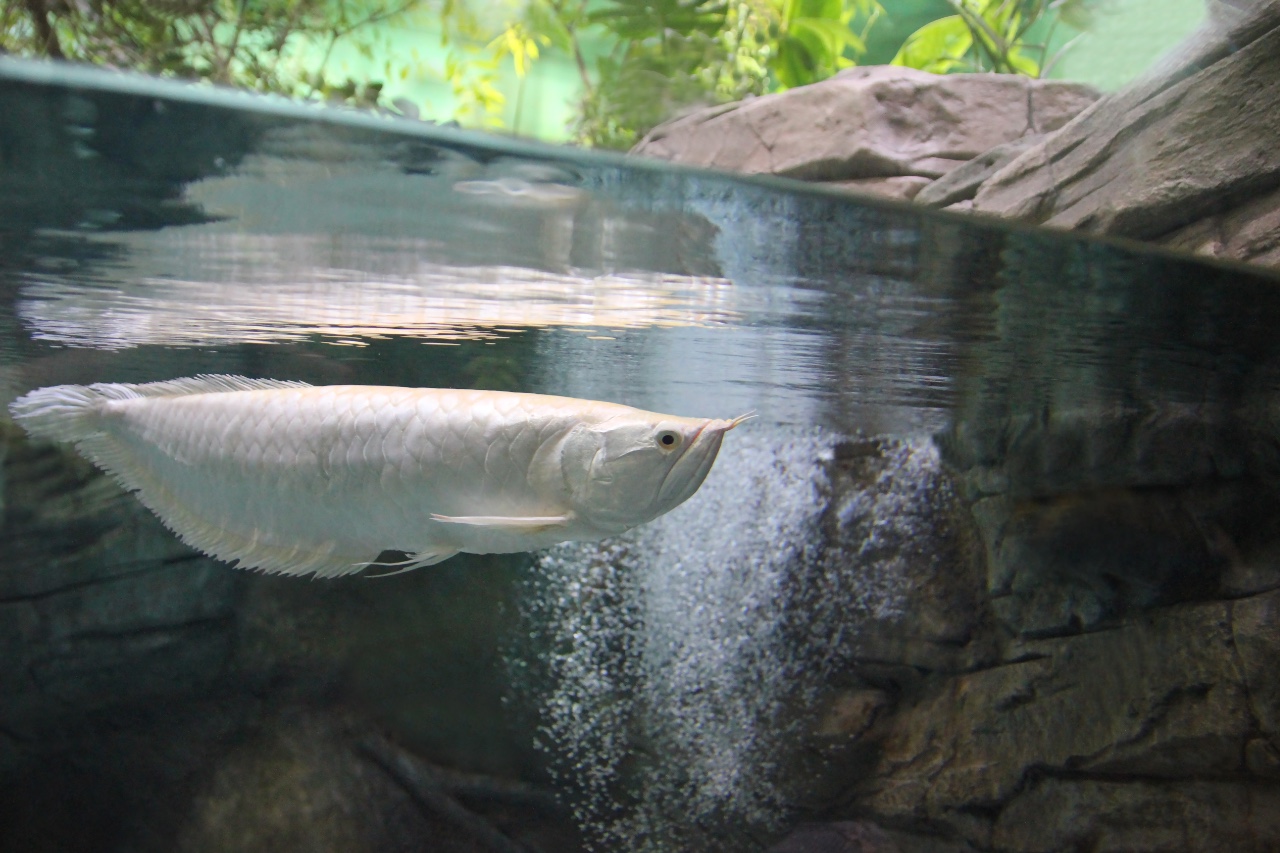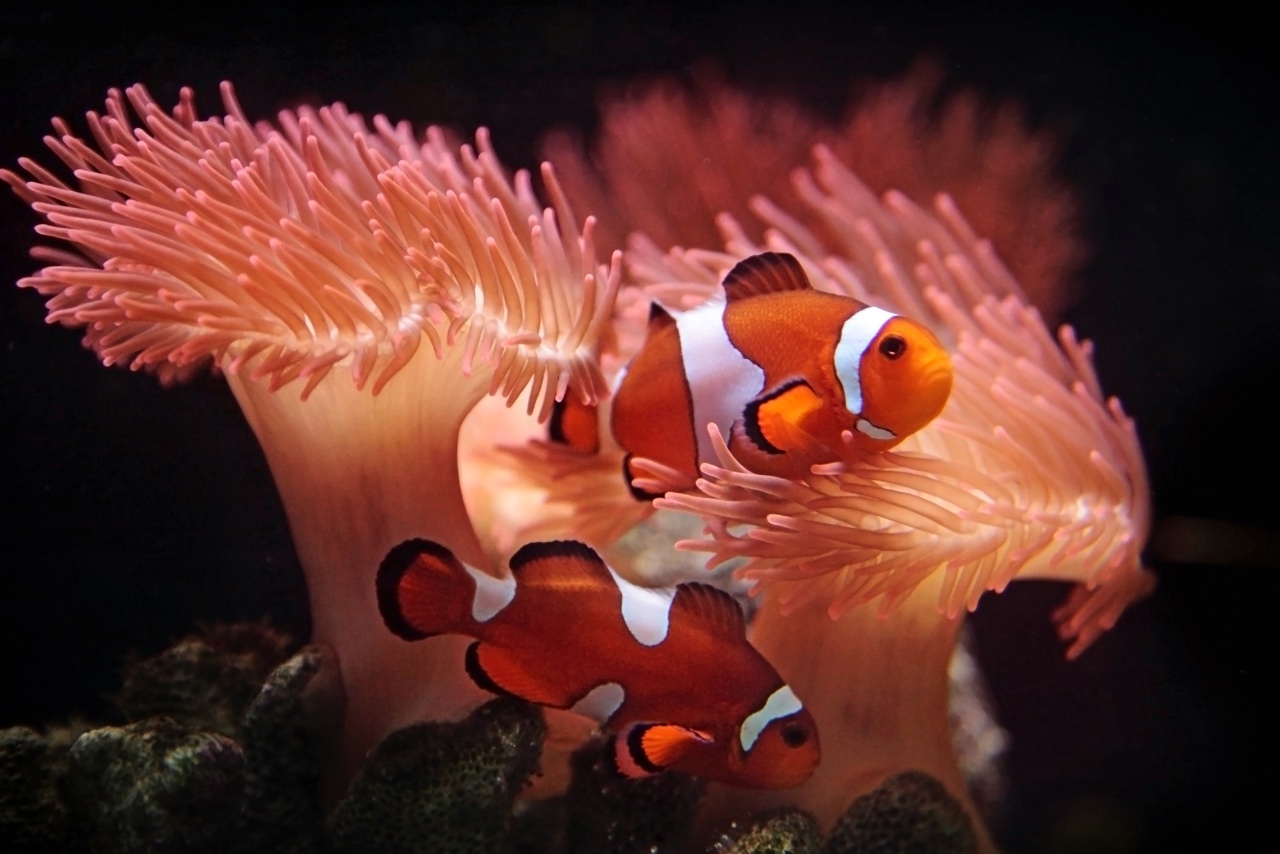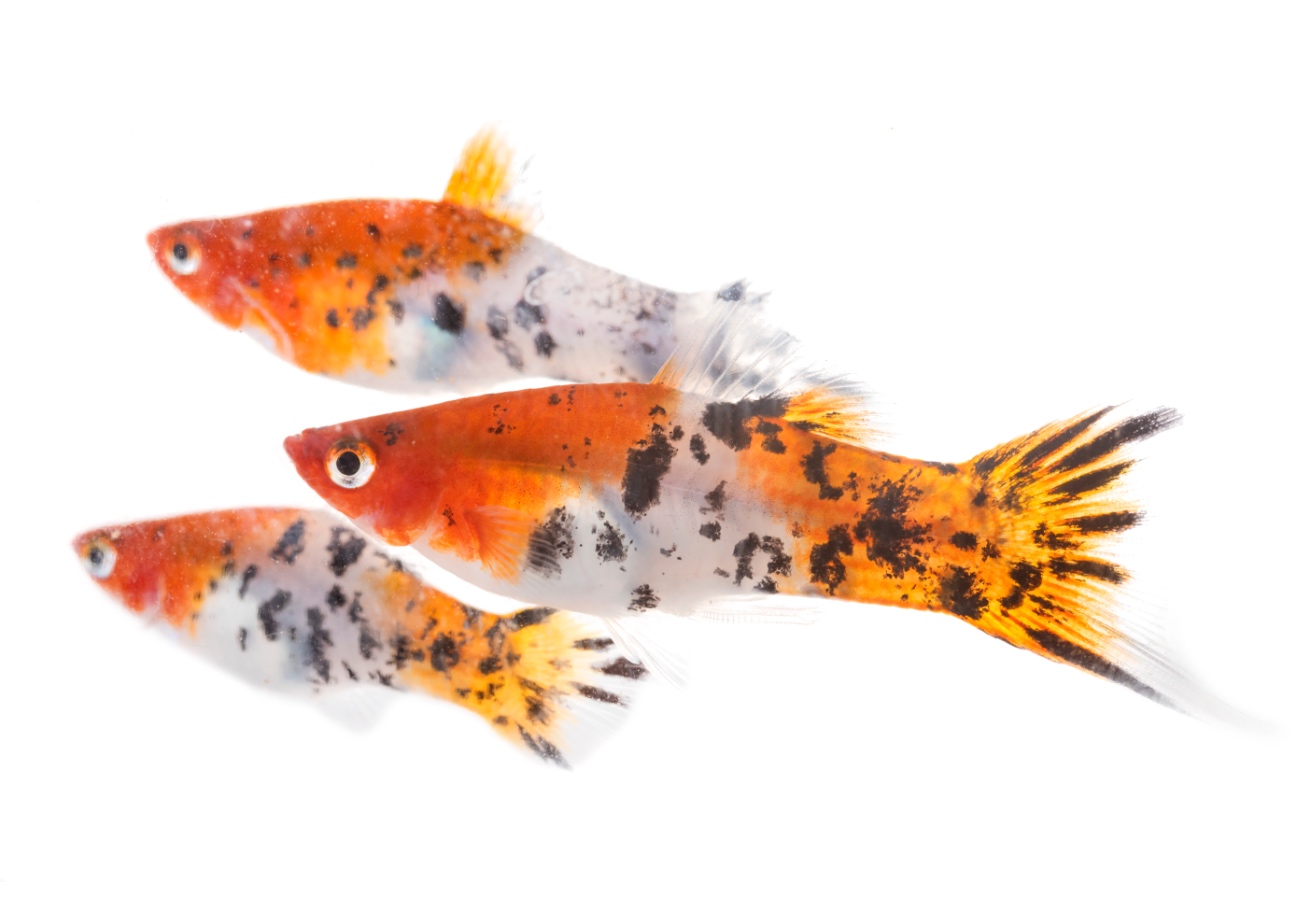Guppies are peace-loving tropical freshwater fish. They are quite hardy and are perfect for both beginner and experienced aquarists. Guppies are small and inexpensive and add variety and color to your tank. Proper guppy care is required to keep them healthy and active.
In this article, we will learn about guppy fish, including their appearance, compatibility, tank set-up, breed, and more. Keep reading to learn more and understand why they are perfect for you.
| Category | Rating |
|---|---|
| Family | Poeciliidae |
| Temperament | Peaceful |
| Diet | Omnivores |
| Care Level | Easy |
| Lifespan | Up to 2 years |
| Compatibility | Other peaceful community fish |
| Size | 0.6 – 2.4 inches |
| Color Form | Every color imaginable |
| Minimum Tank Size | 5 gallons |
| Tank Set-Up | Freshwater, plants, and substrate |
Guppy Fish Overview
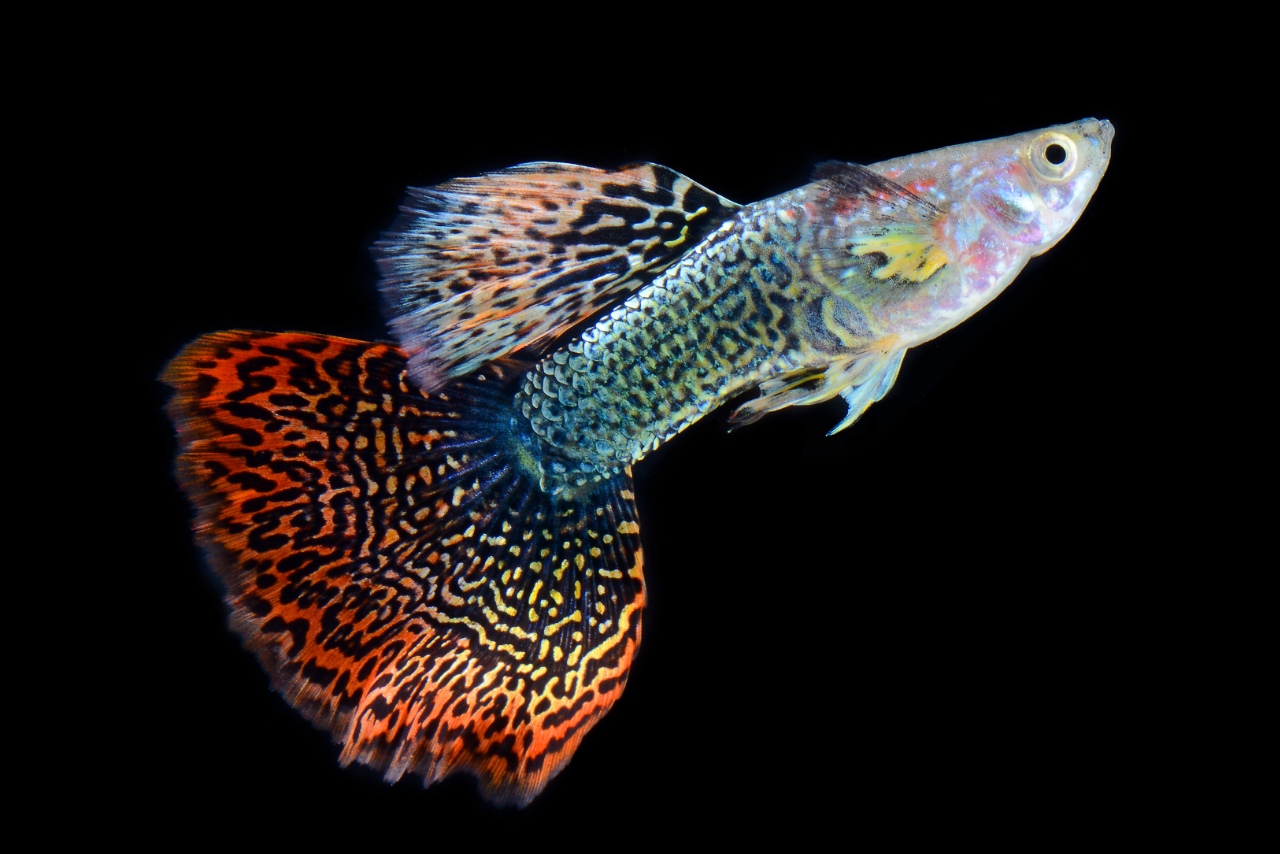
Guppies originally belonged to South America and the Poeciliidae family. They were discovered by Robert Guppy in 1866 in Trinidad. When taken to the British Museum, the fish was first named Girardinus Guppii. It was given many names before it became Poecilia Reticulata.
There is a significant difference between Endler and Common Guppy. Here, we will only learn about Common Guppy. However, there are 300 different species of Guppy around the world. All of them have different colors, patterns, and tail types.
Their presence and activity enhance the aquarium’s attractiveness. They are also used in the water to control the mosquito population, especially in Asia.
Guppy Behavior
These peaceful fishes love to live in a community tank. They swim actively, and you won’t see them stay in one place. The adult fish can be seen chasing around the female to impress by wiggling the fins.
They don’t usually hide, but if you see them still or hiding, it means they are either ill or stressed. Make sure the water temperature is constant and they have a healthy diet.
Appearance of Guppies
As we mentioned earlier, Guppies come in many varieties. They are available in different colors, sizes, and shapes. You can choose fancy guppies for your aquarium.
The male Guppies are more attractive than the female ones. The males are found in different colors, while females are usually grey in appearance. The aquarists still cross-breed Guppies to get different patterns and colors. Hence, if you are looking for a fancy guppy, you should go for males.
The females are slightly larger than the males. They are 1.2-2.4 inches long, while the length of males ranges between 0.6-1.4 inches. Their appearance easily distinguishes them.
Guppies Color, Pattern, Tail type
Guppy Colors
These fish are known as ‘rainbow fish.’ They are found in a variety of colors and patterns. The top and upper half of the body are pale, while the rest of the body is brighter and more colorful. Some of them have metallic colors that look iridescent because of the presence of iridophore cells.
Guppy Patterns
In contrast, some are found in solid colors with various patterns. Some of the patterns are given below –
- Leopard – Pattern-like leopard spots
- Mosaic – Having irregular connected spots.
- Cobra – Patterns like rosettes and vertical barring
- Lace – Fine web-like pattern
- Tuxedo – Having two different colors on each half of the body
- Snakeskin – Rosettes and chain-like patterns
- Grass – Patterns with tiny dots like grass
Fancy Tail Guppies
Different types of tails can be either solid colored or have a pattern. Some of them are – rounded, spear-shaped, triangular-shaped, fan-shaped, sword-shaped, lyretails, spade-shaped, and flag-shaped.
How to Take Care of Guppies?
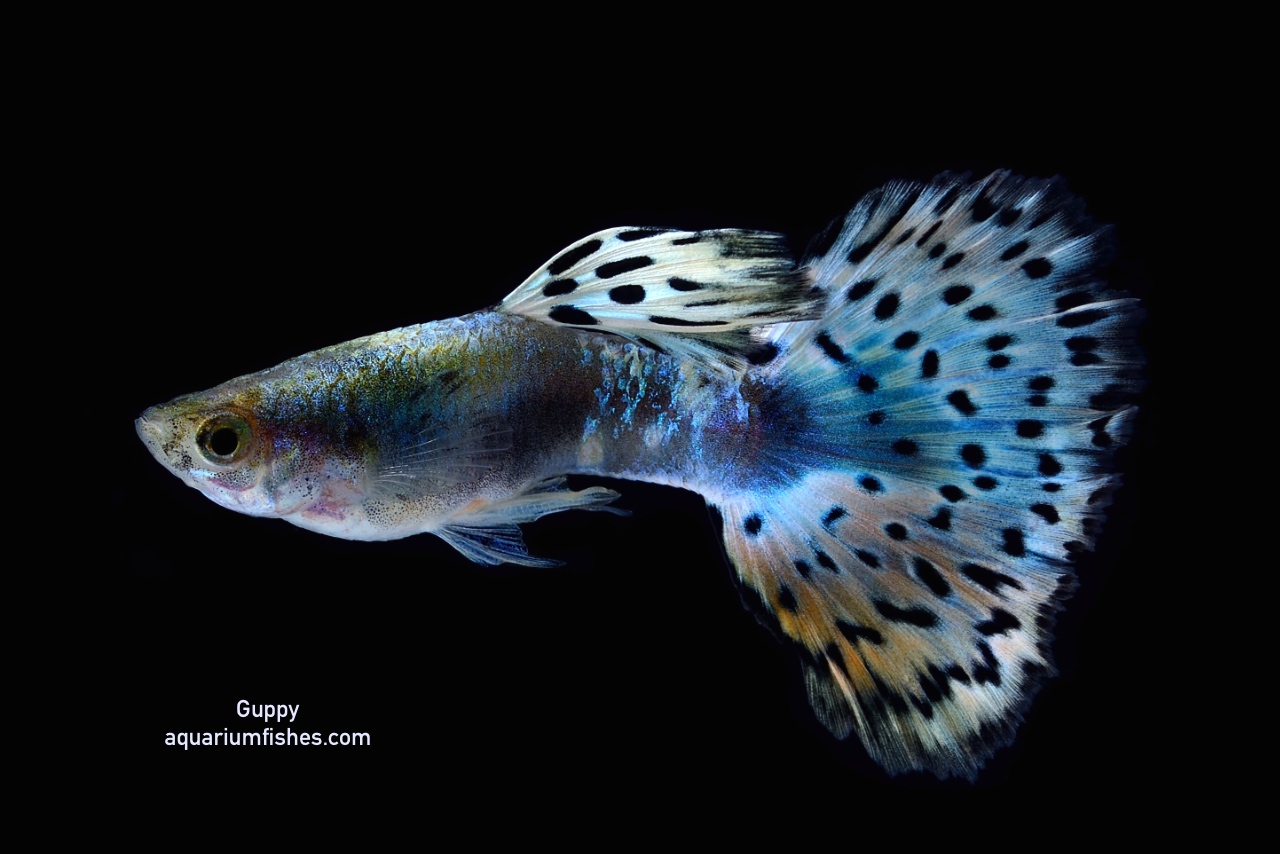
Guppy Tank Size
Before keeping guppies, you should know about guppy care, their ideal habitat, and tank conditions.
The guppy fish thrive in their native environment, and if you want them to be healthy and thrive in your tank as well, you have to replicate the water condition of their native environment.
Many people ask before keeping guppies.
- How many guppies per gallon?
- How many guppies are in a 10-gallon tank?
- How many guppies are in a 20-gallon tank?
The below table has all the information you need about them:
| Condition | Parameter |
|---|---|
| water | tropical freshwater |
| tank capacity | 10 gallon for 5 guppies and multiples |
| temperature | 75 to 82oF |
| pH | 7.0 to 7.2 |
| dH range | 9 to 19 |
Make sure the tank is set up correctly. Use a heater and filter to maintain temperature and keep the tank clean.
You should always set up a thermometer at the end of the tank to check the water temperature and ensure it remains constant.
The filter you choose usually depends on the size and kind of aquarium you plan to keep. A back-hanging filter is usually preferred, but if your tank is big, like 50 gallons, then go with an external canister filter. Also, make sure to change the water 25% each time in 1 or 2 weeks. This lessens the risk of bacteria growing or making the fish sick.
Type of Guppy Fish Tank
Different types of tanks serve different purposes. These are as follows –
- Show Tank—It is the main tank. Make sure there are plenty of live plants like Hornwort and Amazon Sword Plant. Also, cover the bottom of the tank with rocks and substrate. The substrate can be of any size you prefer. Guppies are not bottom dwellers; they swim in the middle part of the tank.
- Breeding Tank—This tank is for keeping the eggs until they hatch. The ideal plant for the breeding tank is floating plants like Java Moss. Make sure the tank is bare-bottomed but has enough plants for fries to hide in.
Guppy Tank Mates
Guppies are peace-loving community fish. They are compatible with almost all other non-aggressive fish. However, the most compatible mates for them are the Guppies themselves.
If you want to keep them to enhance the attractiveness of your tank, keep only males. But if you want to breed them, keep males and females in a 2:1 ratio.
Ideal tank mates – Gourami, Mollies, Corydoras, Platies, peaceful Tetras, Swordtails, etc. Ghost Shrimp or African Dwarf Frogs are also compatible with them.
Non-ideal mates – Barbs, Red-Tailed Sharks, and aggressive Tetras.
Guppy Diet
The nature of food depends on the natural environment a guppy belongs to. Guppies are usually omnivores and will eat anything you feed them, so food is an important part of guppy care.
You can feed them with premade food available in the market or mosquito larvae. Their main diet requires protein, so you can give them fish flakes, but make sure they are of good quality. Protein is the main ingredient.
To check if the fish flakes have the right amount of protein, check the ingredients list. The list of the ingredients is in descending order of weight. The topmost ingredient can be other fish, shrimp, and meaty products. But if it has wheat or soy on the top, then don’t buy it. They are filler foods.
For a vegetarian diet, you can also include live or frozen foods like shrimp or bloodworms, peas, cucumber, and lettuce. Make sure to maintain variety in their diet, as its absence can lead to nutrient deficiency.
Feed them only the right amount of food—the amount they can finish in 2 minutes—and feed them only once or twice a day. Don’t overfeed them; it can make them sick. Also, remove any leftover food from the tank, as it will start to rot and deteriorate the quality of the water.
If you have fries in your tank as well, you can feed them the same food as adults, but make sure to break or mash it in tiny chunks. They require a small amount of food but four or five times a day.
How to Breed Guppies?
It is an interesting question to ask – how do guppies breed? Read the following information about breeding guppies.
Guppies are ovoviviparous; that is, the female gives birth to fries that grow inside them in the egg. When the egg hatches, the female gives birth to the young ones.
The whole process starts when they reach maturity, three to five months after their birth. The color of the male is usually brighter, and the anal fin modifies when they get mature. The anal fin or gonopodium of males is usually longer and narrower than the females. The females develop a gravid spot that gets darker during pregnancy.
Fertilization occurs when the male passes his sperm in a package to the females. This package splits and produces thousands of sperms. The female can store them and get pregnant multiple times.
Once the female gets pregnant, it may take 3 to 4 weeks for the eggs inside her to hatch. Until then, the fries soak up all the nourishment from the eggs. You will be able to see the eyes of the young fries through the translucent skin of their mother. When the egg hatches, the female gives birth to the young ones, and the whole process of gestation repeats for the next 21-30 days.
Guppies are known as ‘million fish’ for their impressive breeding rate. They don’t require any input for breeding. So, if you have a male and a female Guppy, they will likely engage in this activity when they reach maturity.
You can use a breeding trap to prevent the “mother fish” from eating their own fry. But make sure they are not limiting the swimming space, as it can stress her. Stress is never good for a female carrying a baby, and it can lead to miscarriage.
Make sure there is ample space for her to swim freely. The holes in the breeding trap should also be large enough to let the young ones swim out of it.
You can put the female in the breeding tank a week before the egg hatches. Once she gives birth to the young, move the mother fish to the main tank. Guppies can breed 20-40 live young. This will prevent her from eating her own fries. Also, make sure that the breeding tank has a hospitable environment, that is, the same water condition as the main tank.
The fries need ample space to hide, so make sure they have live floating plants.
What do I feed guppies that I want to breed?
Common Diseases
Guppies can survive harsh water conditions, but there is still a chance they can get sick. Here are some common diseases that are found in them –
| Disease | Symptoms |
|---|---|
| Fungal infection | Growth of white dots on the skin |
| Dropsy/Pinecone | The scales stand from the end and looks like a cone |
| Itch | White dots on the skin and scales of the fish |
| Fin rot | Tail looks torn |
Always keep an eye on their behaviors and body color. If you see anything strange, immediately consult a doctor for an early diagnosis and cure. These diseases can be cured by giving medication. Also, choose suitable tank mates who won’t bite them on the fins or tail.
Precautions
- Don’t overcrowd the tank
- Keep the water conditions optimal
- Wash everything thoroughly before adding it to the tank
- Feed varied food to maintain nutrition level
Are Guppies Hardy?
Guppies are perfect for beginners and experienced aquarists. They are hardy and will easily make a good companion with other community fish. Their colorful appearance and magnificent tails will add vividness to your tank.
A healthy diet and environment will keep their color bright and their movement active. Make sure the tank is properly set up and that the water conditions are suitable for them.
Do you have Guppies, or are you planning to have one? What qualities do you like the most about them? Let us hear from you!

